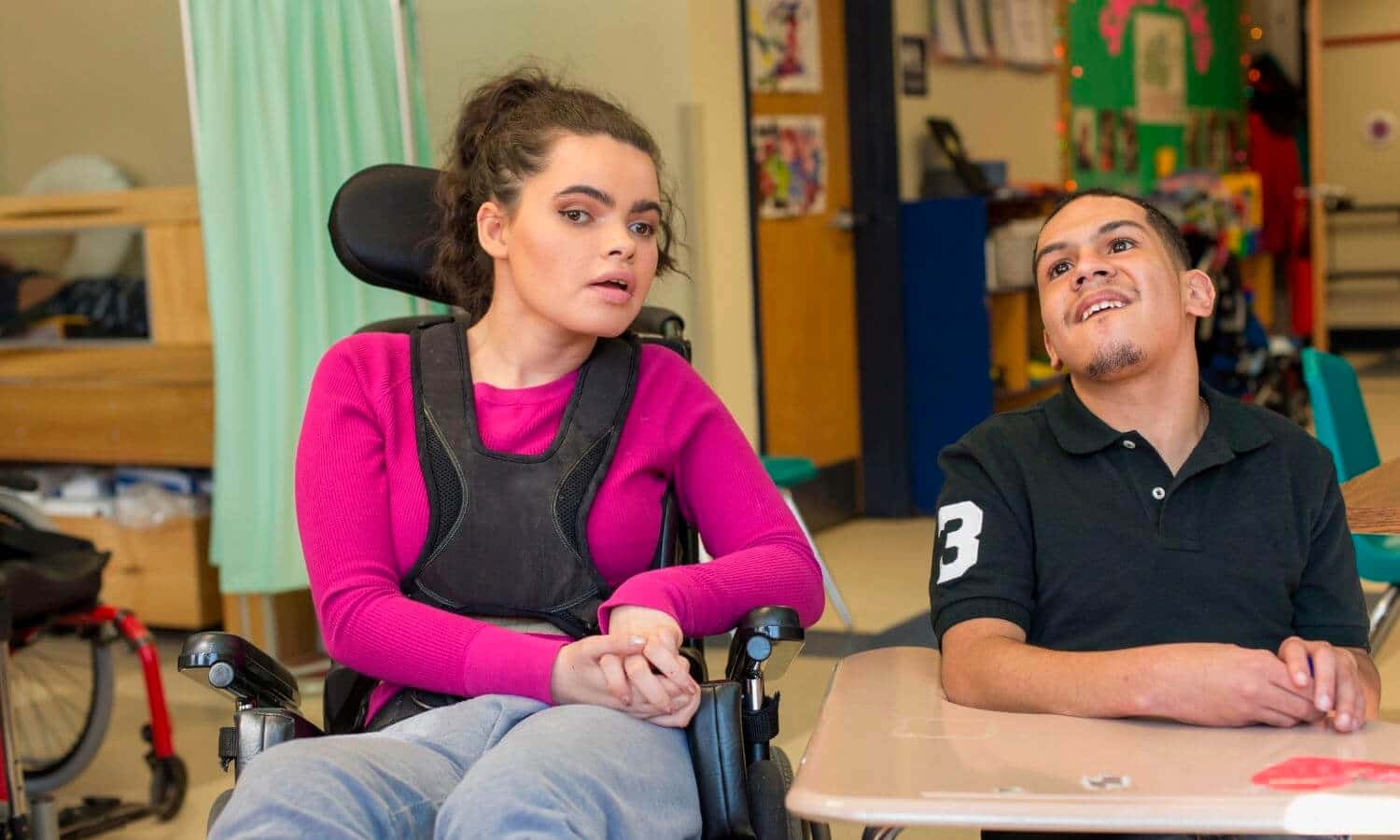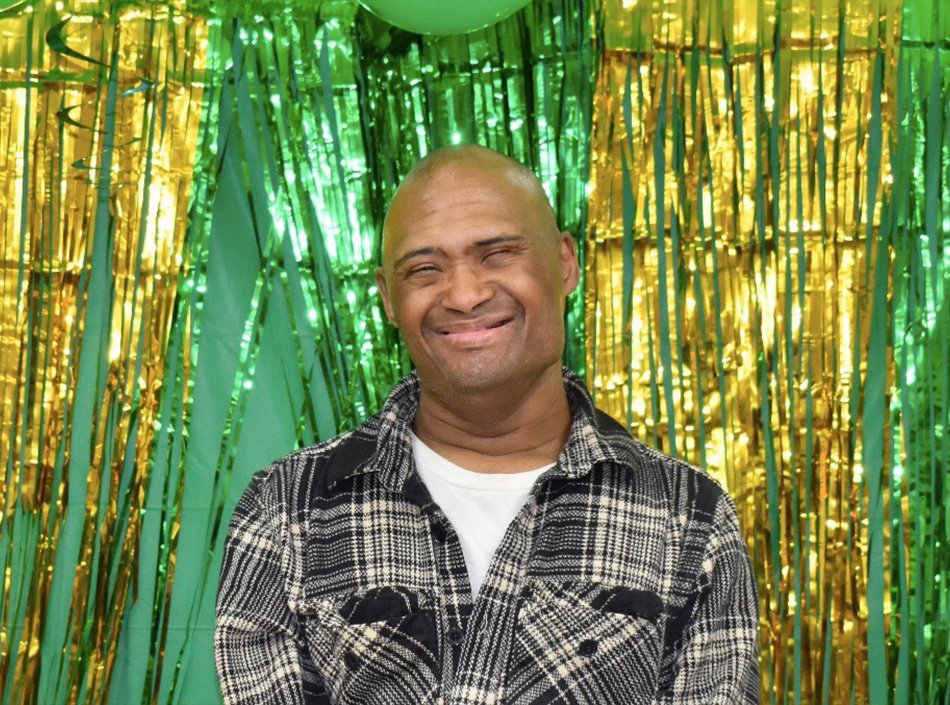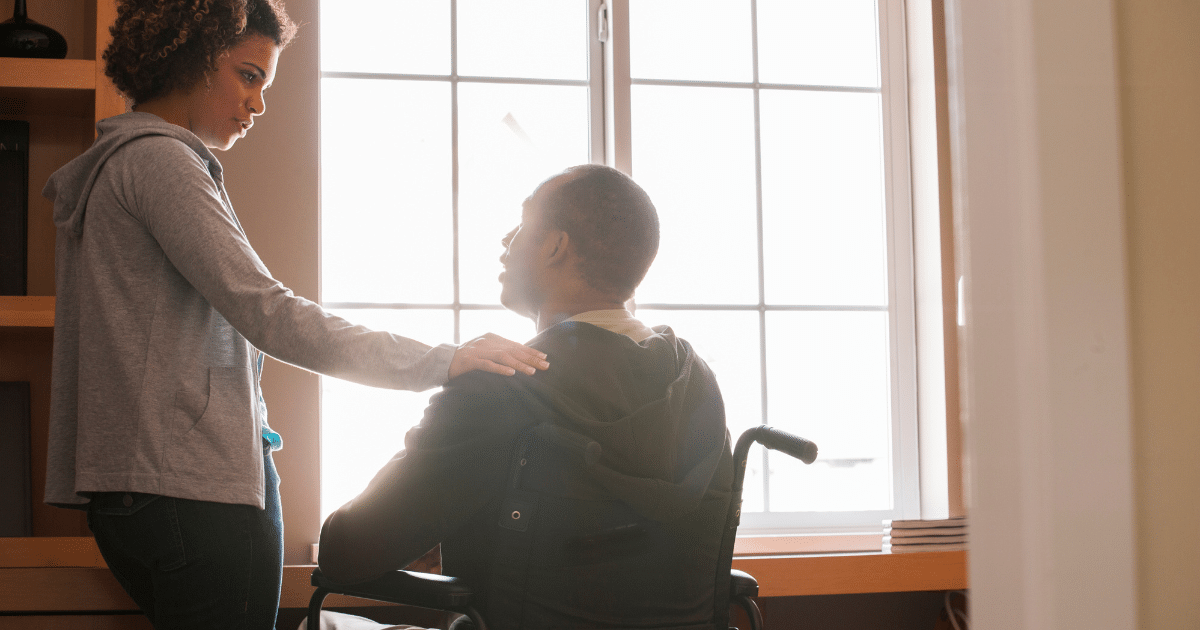Adults living with Cerebral Palsy—especially individuals with intellectual and/or developmental disabilities (I/DD)—face added challenges as they continue to age. Secondary effects can worsen over time, influencing how individuals manage their motor function and impairments.
Traditionally diagnosed in childhood, Cerebral Palsy, or CP, lasts a lifetime and there is no cure. While there are systems in place to assist children, adults with CP find it difficult to locate medical assistance to work with them in combating these added challenges as they age. For individuals with I/DD, this situation is especially challenging.
Today, with a larger population of adults than children living with CP, more access to care is greatly essential since early intervention can help improve motor function and quality of life.
What is Cerebral Palsy?
Cerebral Palsy is a non-hereditary condition that affects someone’s movement and ability to maintain balance and is caused by either abnormal brain development or damage during development.
Motor disabilities begin during infancy. Movement takes extra effort for people with CP, and their bodies tend to age more quickly. While the brain condition is permanent, it is also static, meaning it won’t progress over time.
What Are Secondary Effects?
Secondary effects begin in early adulthood and can lead to various issues, including muscle and joint weakness, GERD, fatigue, bowel and bladder problems, pain, and spasticity. Secondary musculoskeletal effects appear as age progresses, and behaviors learned in childhood to compensate for movement may carry over into adulthood and negatively impact future motor dysfunction.
The good news is that there are ways to manage these body changes and effectively treat many secondary conditions through physical therapy, mental and emotional support.
Therapy for motor function can also help individuals disengage with compensatory behaviors and instead help retrain their muscles to promote musculoskeletal strength and improved movement. For individuals with I/DD, treatment is essential for learning repetition and assisting with their quality of life.
Possible additional conditions experienced by those with Cerebral Palsy may include:
- Intellectual disabilities
- Speech impediments
- Hearing loss
- Vision loss
- Scoliosis
- Joint Issues like contractures
Classifications of Cerebral Palsy
CP is classified by the area of the brain affected and body movement disorder. There are four categories, and individuals may experience only one or a combination of two or more.
- Spastic CP is the most common classification. It refers to stiff muscles leading to awkward movement, broken down into subcategories: diplegia/diparesis, hemiplegia/hemiparesis, quadriplegia/quadriparesis, depending on the body areas affected. Spastic quadriplegia is the most severe and usually the type found in people with I/DD.
- Dyskinetic CP involves uncontrollable movement of the limbs, and as a result, individuals have difficulty walking and sitting. They may also experience problems speaking and swallowing. Muscle tone shifts from loose to tight, sometimes daily.
- Ataxic CP concerns coordination and balance, and individuals will have trouble controlling hand and arm movement, resulting in jerky motions.
- Mixed CP is applied to those with more than one symptom group.
There is no reason that adults living with CP can’t enjoy a healthy, happy, and fulfilled life, and this is even truer for individuals with I/DD. While Cerebral Palsy only adds to the challenges faced by those with I/DD, there is help available and offered within the professional group home environments of ILA. Our staff are trained to work with individuals with I/DD and the added challenges of CP.
In part two, we will discuss the resources, opportunities, and group home experience for those with I/DD living with Cerebral Palsy.

































































